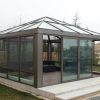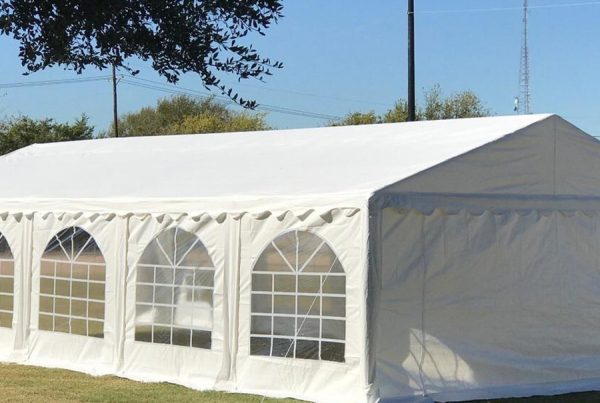With the spread of pergolas in Lebanon, there are many types of pergolas classified either according to the material from which they are made, or according to the shape and other classifications. Accordingly, we have decided to list to our dear readers a group of the most important types of them, so that you have an idea of the advantages of each type, so you choose the most suitable for the different conditions of your gardens or what you want to be present in your gardens in general.
Classification of pergolas according to the material they are made of
Wooden pergola
It is made of a certain type of wood, the kind that resists weather factors, such as coastal red wood, and wood treated with preservatives may be used. There are other types of wood suitable for pergola, such as pine, walnut and chestnut. The disadvantages are that its shelf life is less than other pergolas, such as pergolas, which are made of glass or aluminum.
Aluminum pergola
It is characterized by its light weight and is not subject to rust or breakage easily. It is also relatively resistant to water and fire. Its disadvantages are only high temperatures in summer.
Iron pergola
It is characterized by its durability, and it does not burn easily, and it is very stable. The only drawback is that the inferior types of them may rust.
Classification of pergolas according to where they are located in the house
Stair pergola
It is placed on the stairs at the roof to protect from the sun while ensuring ventilation at the same time.
Pergola upper
It is an extension of the house where it is installed and its usefulness is that it gives the entrance the desired shade.
A pergola with pillars
It is the type that can be used in garden paths or somewhere in the garden where it gives shade, ventilation and beautiful decoration.











